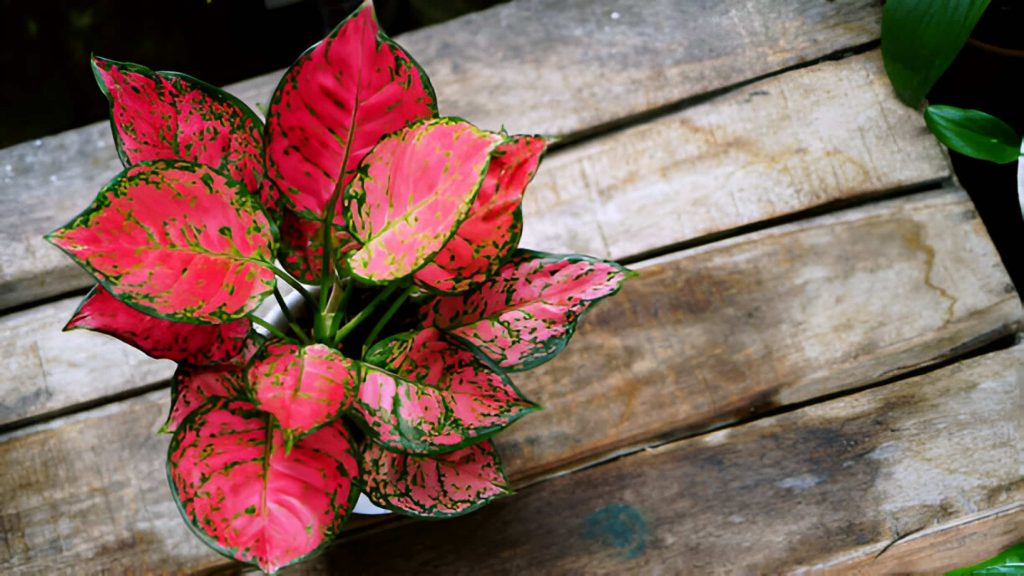
Looking to add more lush greenery to your home or create a jungle vibe? Look no further than propagating your Chinese evergreen! These adaptable plants are perfect for multiplying, allowing you to fill empty corners or create miniaturized plant displays. This article will unveil a foolproof method for propagating your Chinese evergreen in just seven steps. With a little effort, you’ll be well on your way to a flourishing indoor jungle. Here’s what you’ll need to propagate your Chinese Evergreen from stem cuttings:
How to propagate Chinese Evergreen

Propagating your beloved Chinese evergreen is a breeze! Not only will you gain more of this stunning foliage, but you’ll also be multiplying your air-purifying power. Take a healthy stem cutting with a node, and choose either water or soil propagation. Water chinese evergreen propagation involves submerging the node in clean water, while soil propagation requires planting the cutting in a pot with well-draining mix. With patience and consistent moisture (not soggy!), roots will develop in a few weeks, rewarding you with a thriving new air-purifying plant.
What you will need:
- Sharp pruners or scissors
- Rooting hormone (optional, but can encourage faster root growth)
- Glass or jar (for water propagation)
- Well-draining potting mix
- Small pot with drainage holes
1. Take stem cuttings
Choose healthy stems that are at least 6 inches long and have a few leaves. Ideally, look for a stem with at least one or two nodes (the bumps where leaves grow). Use sharp pruners or scissors to make a clean cut just below a node at a 45-degree angle.
2. Prepare the cuttings (optional)
You can dip the cut end of the stem in rooting hormone powder or gel to encourage faster root development. This step is optional but can be helpful.
3. Water propagation (option 1)
Fill a clean glass or jar with fresh water. Place the stem cutting in the jar, making sure at least one node is submerged in the water. Place the jar in a location with bright, indirect sunlight. Change the water every few days to prevent bacteria growth.
4. Soil propagation (option 2)
Fill a small pot with well-draining potting mix. Moisten the potting mix slightly. Plant the stem cutting in the pot, burying the node(s) just below the soil surface. Water the pot gently to settle the soil.
5. Maintain humidity
Whichever propagation method you choose, it’s important to maintain humidity around the cutting. You can do this by placing a clear plastic bag over the top of the jar or pot (with a few holes for air circulation). Alternatively, you can use a humidity tray filled with pebbles and water.

6. Patience is key
It can take several weeks for roots to develop. Be patient and keep the soil moist (but not soggy) for water propagation or the potting mix consistently slightly moist for soil propagation.
7. New growth
Once you see new growth appearing on the cutting, you can remove the plastic bag (if used) and treat the new plant like a mature Chinese Evergreen.
Other Plants You Can Propagate
Propagating houseplants is an enjoyable way to expand your collection. Propagate Snake plants by dividing the rhizomes or taking leaf cuttings. Spider plants produce “pups” at the end of long stems, which can be separated and potted. English ivy propagation from stem cuttings. Simply place the cuttings in soil or water until they root.
